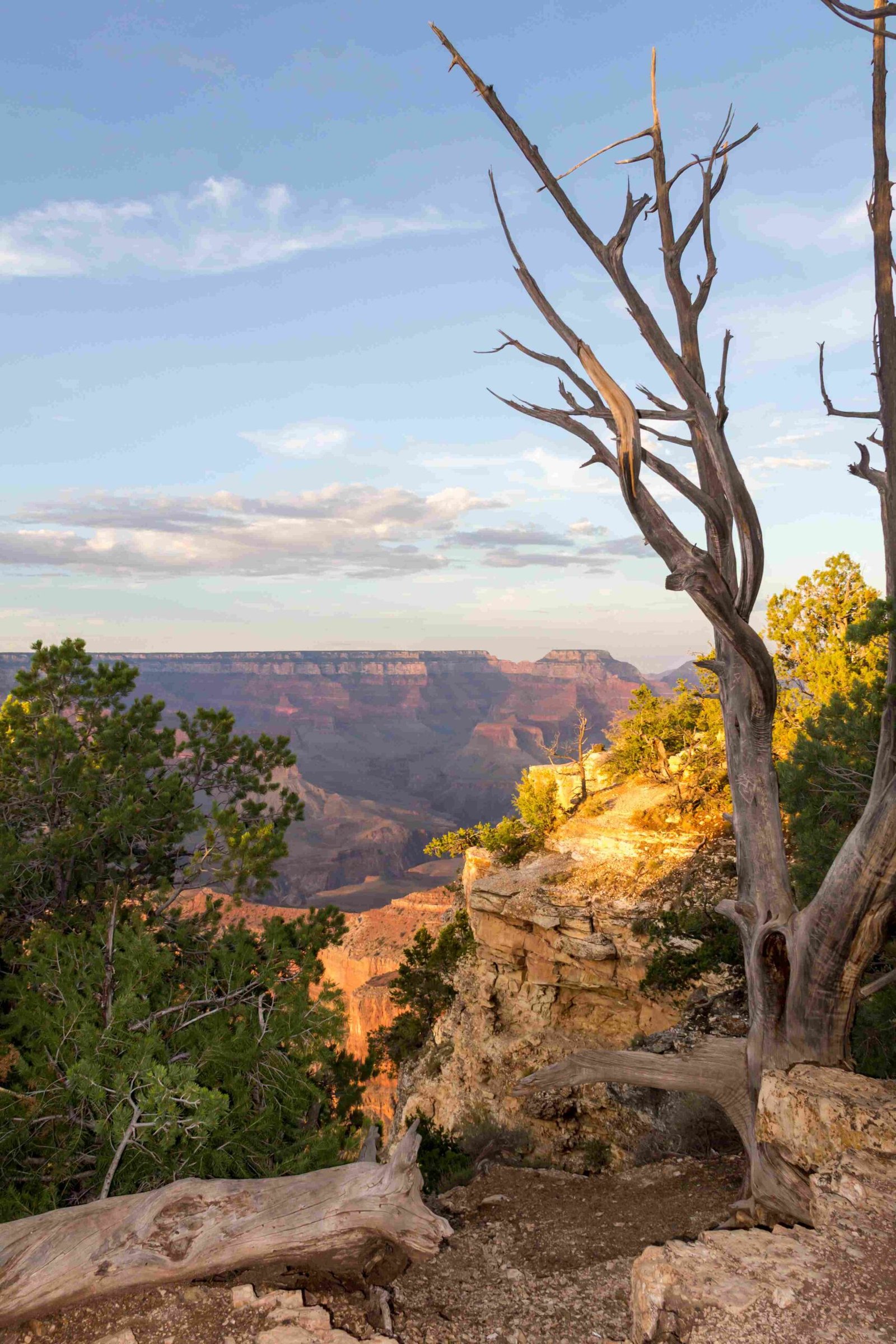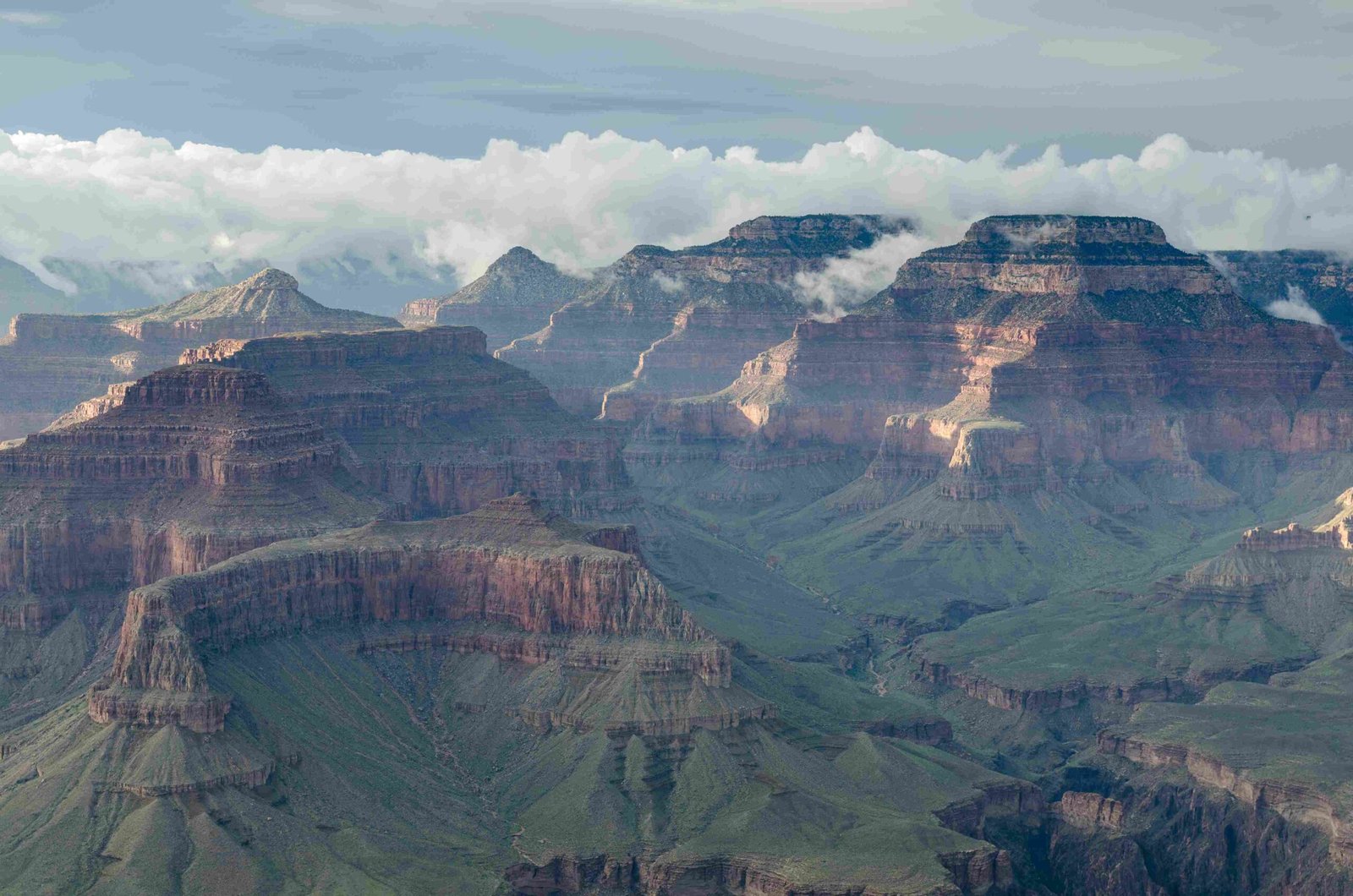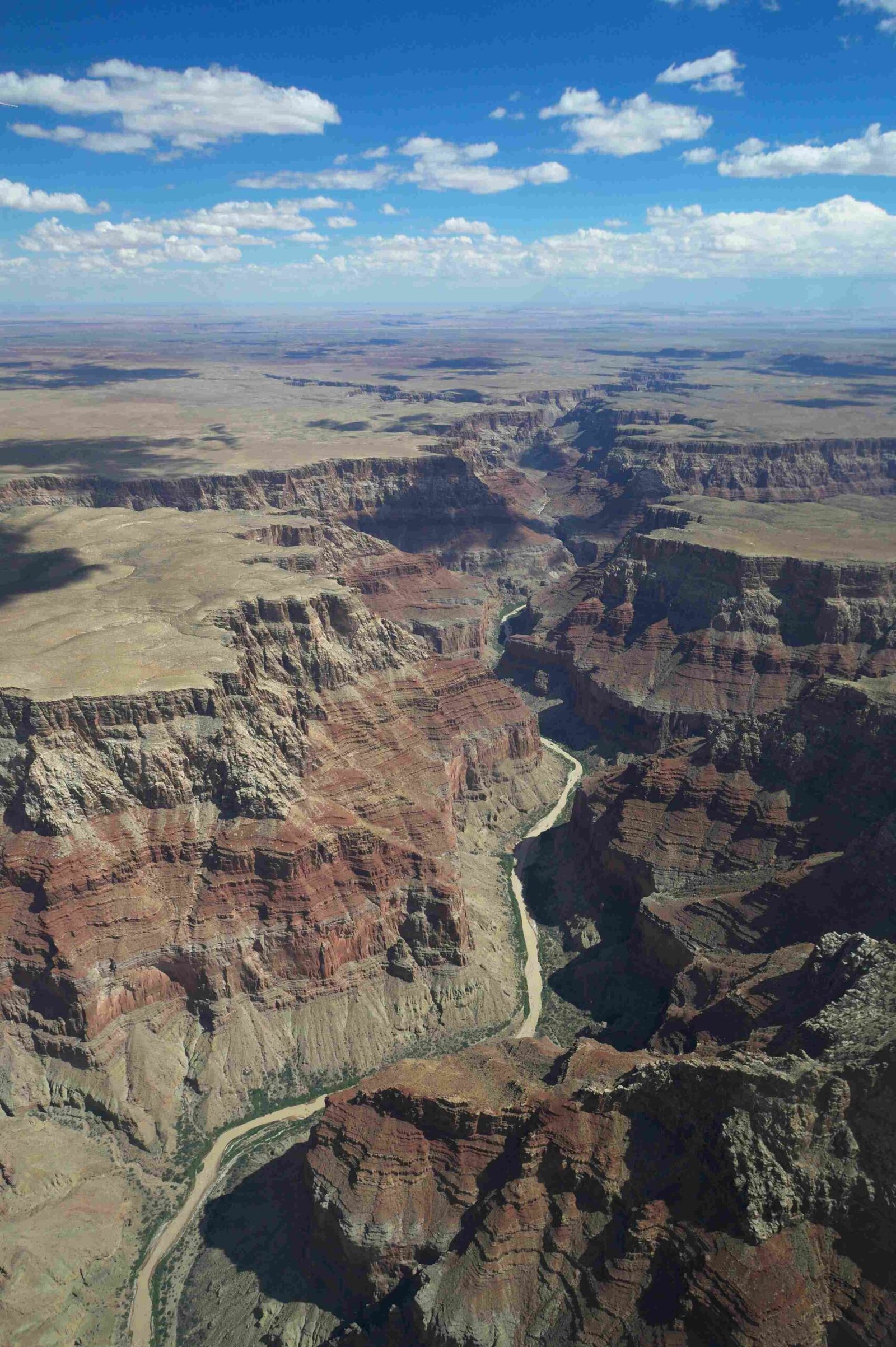The Grand Canyon represents a remarkable testament to the powerful geological forces of water and wind, which have meticulously carved a stunning landscape over approximately 5-6 million years. Through persistent erosion, the Colorado River and wind have transformed layers of rock, creating one of the most spectacular natural wonders on Earth, exposing geological history spanning nearly 2 billion years and revealing intricate rock formations that tell a complex story of planetary transformation.
What Mechanisms Drive Water Erosion in the Grand Canyon?

Water erosion, primarily driven by the Colorado River, represents the most significant force in shaping the Grand Canyon’s dramatic landscape. The river’s powerful currents and sediment-laden waters act like a massive geological sculptor, gradually wearing away rock layers with remarkable precision.
Key Water Erosion Characteristics
| Erosion Factor | Description | Impact |
|---|---|---|
| River Current | Strong, consistent water flow | Primary erosion mechanism |
| Sediment Load | Rock particles suspended in water | Acts like natural sandpaper |
| Seasonal Variations | Annual flooding patterns | Accelerates erosional processes |
Measurable Erosion Rates
- Average Erosion Rate: Approximately 0.3 meters per 200 years
- Peak Flow Rates: Historically up to 100,000 cubic feet per second
- Current Flow Rates: 8,000-10,000 CFS at low water, 20,000 CFS at peak
How Do Geological Layers Influence Water Erosion?
The Grand Canyon’s diverse geological layers play a crucial role in the erosion process. Different rock types, ranging from soft sedimentary layers to hard granitic foundations, respond uniquely to water’s persistent action.
- Upper Layers: Softer sedimentary rocks erode more quickly
- Lower Layers: Harder metamorphic and igneous rocks resist erosion
- Age Range: Rock layers span from 1.8 billion to 270 million years old
What Role Does Wind Play in Grand Canyon Erosion?

While less prominent than water erosion, wind contributes to the landscape’s transformation through subtle yet persistent abrasive actions.
Wind Erosion Mechanisms
- Surface rock abrasion
- Sediment transportation
- Weathering of exposed rock surfaces
Wind Impact Characteristics:
– Secondary erosional force
– More effective in arid, exposed regions
– Complements water-driven erosional processes
What Geological Factors Accelerate Erosion?
Several interconnected geological factors enhance the Grand Canyon’s erosional dynamics:
- Tectonic Uplift: Colorado Plateau’s elevation increases erosional potential
- Climate Variations: Seasonal temperature and precipitation changes
- Rock Composition: Differential resistance to erosional forces
Scientific Insights
Geologists continue to study the complex interactions between water, wind, and rock layers. Advanced research techniques, including radiometric dating and geological mapping, provide deeper understanding of these intricate processes.
Visitor Exploration Opportunities
For those fascinated by geological processes, the Grand Canyon offers:
– Guided geological tours
– Educational visitor center exhibits
– Hiking trails revealing erosional patterns
– Interpretive ranger programs
Practical Visitor Information
| Activity | Duration | Recommended Preparation |
|---|---|---|
| Geological Tour | 2-4 hours | Comfortable walking shoes, water, sun protection |
| Rim Hiking | 1-3 hours | Trail map, hydration, appropriate fitness level |
Conclusion
The Grand Canyon stands as a living testament to the extraordinary power of water and wind erosion, showcasing nature’s remarkable ability to sculpt landscapes over millions of years.

